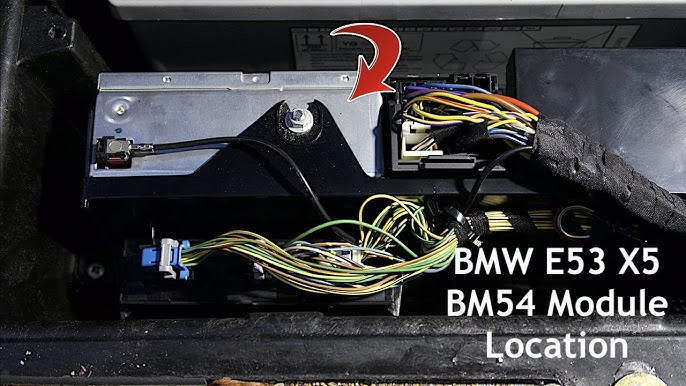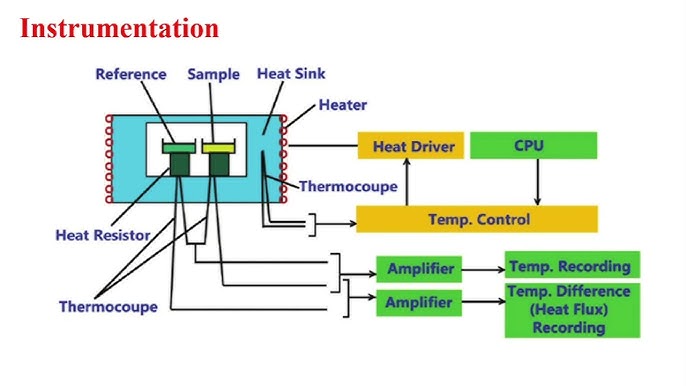If you’re a BMW X5 owner, especially with an inline-6 engine like the M54 or N52, you’ve likely heard of VANOS — BMW’s unique variable valve timing technology. Whether you’re diving into a DIY repair or just curious about what’s happening under the hood, understanding how VANOS works is key to maintaining performance, fuel economy, and engine smoothness.
In this post, we’ll break down what VANOS is, how it works, the benefits it provides, and common symptoms of failure.
🔍 What Is VANOS?
VANOS stands for VAriable NOckenwellen Steuerung, or Variable Camshaft Timing in English. It’s BMW’s proprietary system for adjusting the position of the camshafts relative to the crankshaft, depending on engine speed and load.
This allows the engine to optimize valve timing dynamically — advancing or retarding the camshaft angles to:
- Improve low-end torque
- Increase high-end horsepower
- Enhance fuel efficiency
- Lower emissions
- Smooth out idle and throttle response
⚙️ How VANOS Works
VANOS is controlled by the engine control unit (ECU) and operated by oil pressure. When the ECU determines that a change in camshaft timing is beneficial, it sends a signal to a VANOS solenoid, which directs oil pressure into the VANOS actuator.
There are two main types of VANOS systems:
- Single VANOS (early engines like M50TU, M52): Adjusts the intake camshaft only
- Double VANOS (found in M54, M56, N52, N54, etc.): Adjusts both intake and exhaust camshafts
In your BMW X5, if you have a 3.0i with an M54 engine (as found in the E53), you’re running a Double VANOS system.
This dual adjustment allows for more precise control of valve overlap and timing throughout the RPM range, resulting in a better balance of power and efficiency.
🚘 Real-World Benefits of VANOS in the BMW X5
- Improved throttle response: Particularly in city driving or during acceleration
- Smoother idle: Especially noticeable in cold starts
- Better fuel economy: Optimized timing reduces unnecessary fuel use
- More torque at low RPM: Helps with towing or climbing hills
- Higher power at high RPM: Keeps the engine breathing freely at highway speeds
⚠️ Symptoms of VANOS Failure
VANOS systems are generally reliable, but they do wear over time. Common signs of VANOS issues include:
- Rough idle or stalling at stop lights
- Hesitation or lack of power at low RPM
- Poor fuel economy
- Increased engine noise (rattling near the VANOS unit)
- Check Engine Light (CEL) with camshaft timing fault codes
- Long crank/start time when the engine is cold
One of the most well-known issues with Double VANOS systems is seal degradation. The original rubber seals become hard over time and leak oil pressure, reducing VANOS effectiveness.
🛠️ Can You Repair VANOS?
Yes — in fact, VANOS rebuild kits are very popular in the BMW community. These kits include upgraded Viton seals that restore performance and last much longer than OEM materials.
A typical DIY VANOS rebuild on an E53 BMW X5 3.0i takes:
- About 3–5 hours for experienced DIYers
- Basic hand tools plus a torque wrench
- Optional: VANOS rattle repair kit if noise is present
Brands like Beisan Systems are well-known for their high-quality VANOS repair solutions.
🔧 Preventing VANOS Issues
To keep your VANOS system working properly:
- Change your oil regularly using BMW-approved synthetic oil
- Avoid low-quality or dirty oil, which can clog the solenoids
- Address CEL or timing-related codes promptly
- Don’t ignore strange engine sounds or reduced performance
🧠 Final Thoughts
VANOS is a key component in what makes the BMW X5 engine feel responsive and smooth. It allows your engine to adapt to your driving style and road conditions in real time, delivering performance when you need it and efficiency when you don’t.
If your X5 feels like it’s lost its edge or you’re getting timing-related fault codes, don’t overlook the VANOS system. A proper diagnosis and timely repair can restore your vehicle’s power and drivability — often without major expense.
Want to learn more about rebuilding or replacing your VANOS system? Check out our how-to guides here on x5world.net, or post your question in the community forums — we’re here to help.


